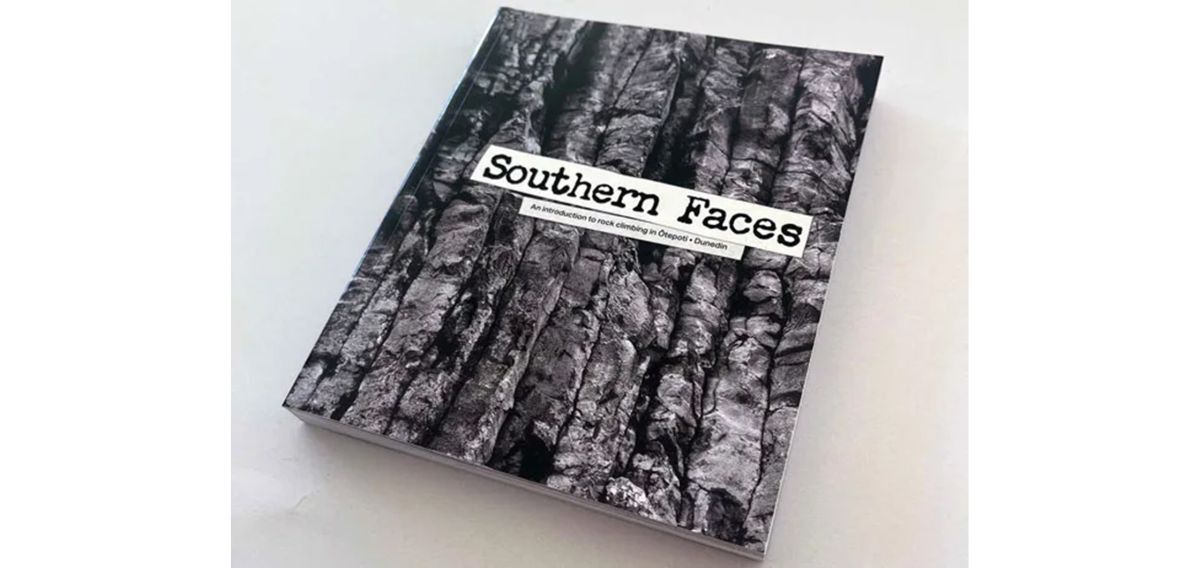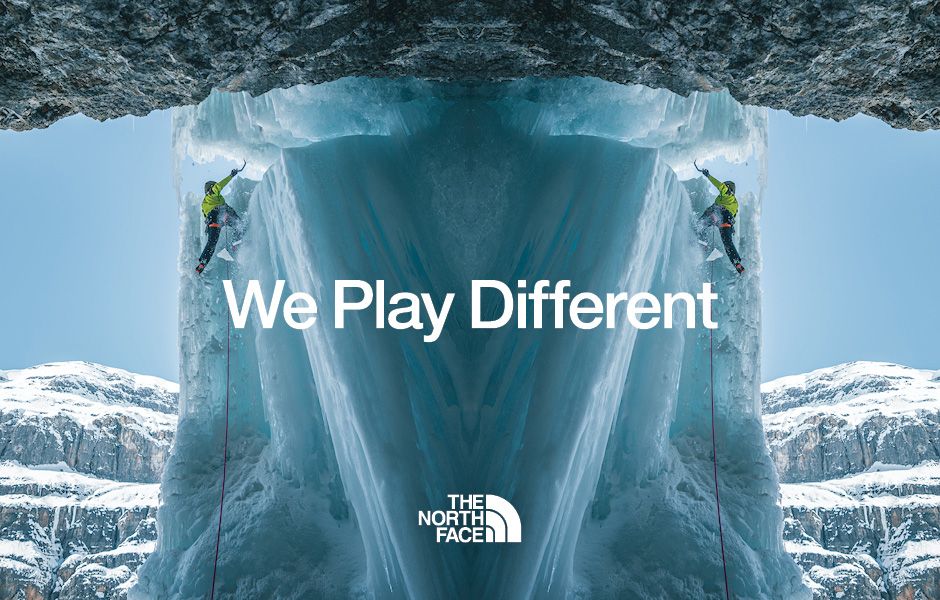
Southern Faces Book Review
Southern Faces by Riley Smith
Review by Dave Brash
Twenty-five years—a quarter of a century. That’s how long it’s taken for a new guidebook to Dunedin’s crags to arrive. But it has been worth waiting for; it is amazing.
I published Dunedin Rock in 2000, covering 250 routes at seven local crags. Within a year, Lovers Leap development started in earnest, and the guide was immediately out-dated (though the occasional photocopied supplement was circulated).
Fast forward 25 years, and 631 routes are currently listed on ClimbNZ.org.nz. Much of the development has been at the incomparable Lovers Leap, Puraukanui Bay, and at Dunedin’s seminal crag, Long Beach, where the indefatigable pensioners Steve Carr and Murray Judge have put up 150 (yes, 150!) routes since 2017.
The title of the book (I can’t really call it a guidebook, it’s far more than that) is a nod to Andre Dahlman’s 2004 film about South Island rock climbing. It’s a sumptuous volume which describes 396 routes. Hang on, that’s over 200 less than on the ClimbNZ database. Why? Well, Dunedin rock has some special ‘challenges’, primarily variable rock quality and sectors with high objective danger, exposing climbers and belayers to risk of rockfall from above. Riley has taken the approach of eliminating some of these areas, and providing a comprehensive guide to the areas that remain, with well explained rationales.
However, to me, this approach has its pitfalls. Equally dangerous areas remain in the guide, e.g. Left Side Main Wall (Long Beach), and there are some great routes in the eliminated sectors that are protected from rockfall from above, and on good rock. Aretic Vulture (21, Avian Wall), People’s Temple (18, Holy Wall), and several Circus routes are just some of my personal favourites which have got the chop. You can’t really blame Riley for removing the Avian Wall, though—just before the book went to print, the bottom six metres of Givin’, a popular grade 17, toppled over, including the first three bolts of the route. I wonder if a ‘selected routes’ format might be more suitable for a Dunedin guide. This would allow more forensic cherry-picking, and allow the removal of quite a few less attractive routes which are in the guide.
This is my only criticism. The layout and format of the book are creative, beautiful and user friendly, with stunning application of drone photography, not only for topos, but to showcase the outstanding beauty of our coastal landscapes. This is much more than a climbing guidebook, it’s a wider examination and depiction of this incredible place—its geology, maori and early pakeha history, wild-life, community, all woven into this volume in a lyrical and creative way. Buy this book!
